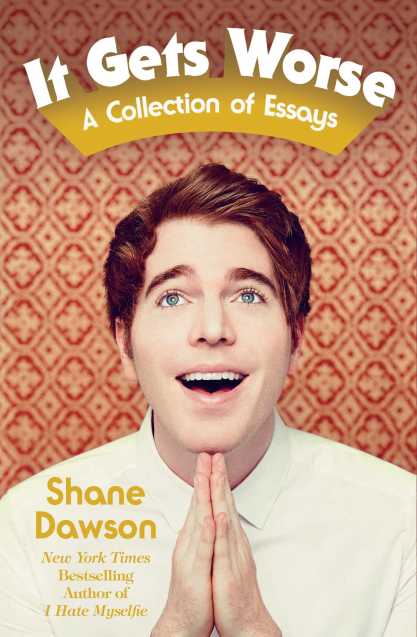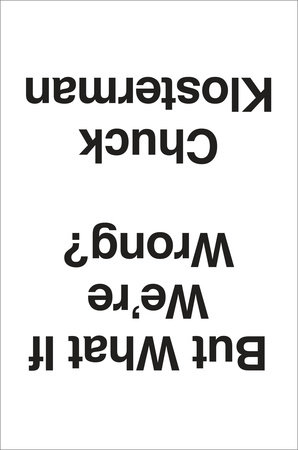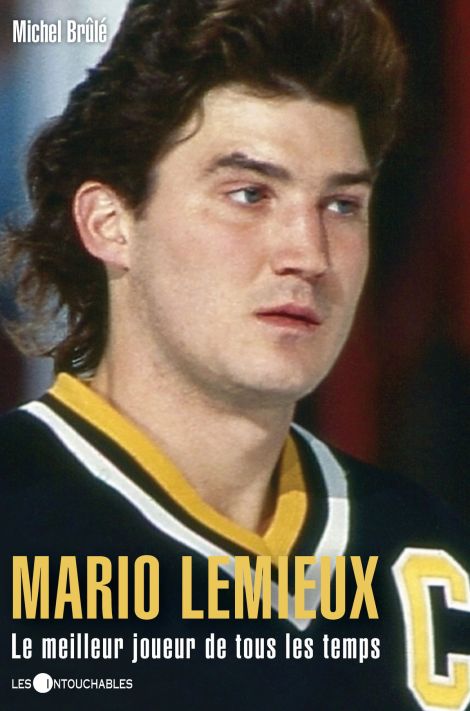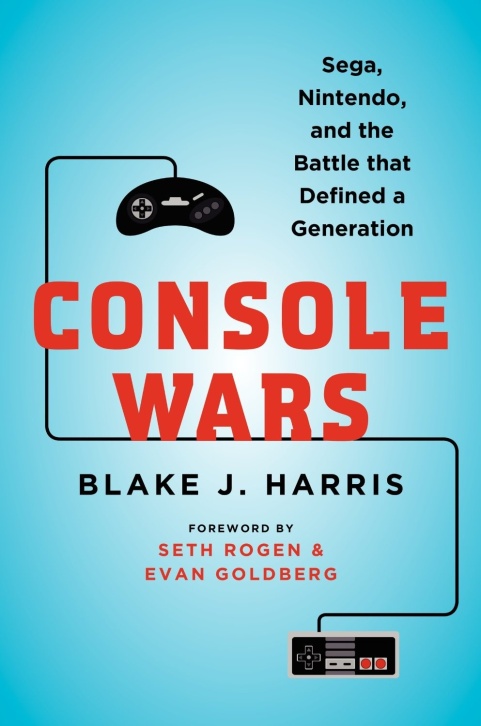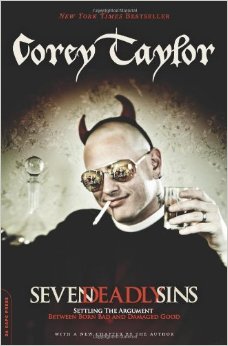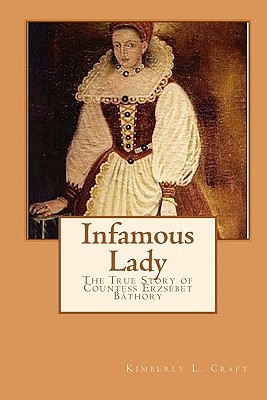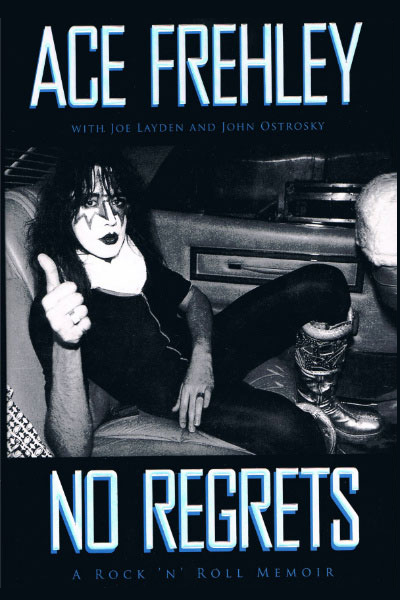
Harry Potter and the Cursed Child, J.K. Rowling, Jack Thorne, John Tiffany, Arthur A. Levine Books; Special Rehearsal ed. edition 2016.
Harry Potter was one of the most singular, defining moments of my generation. We anticipated and devoured each book as it arrived, embracing seeing our favourite characters on the big screen year after year. I love these characters and their strange, magical, sometimes dark universe. Simply put, I grew up with Hogwarts.
I wanted to find out what happened to my childhood friends. I had grown up and so had they. We last got a glimpse of their future as Harry and Ginny waved goodbye to son Albus on the train that would take him to his first year at Hogwarts. Harry Potter and the Cursed Child Part 1 & 2 picks up exactly at that moment we were left off all these years ago. To be honest, Cursed Child is not quite the HP I grew up with. Many factors come into play. For one, it doesn’t feel written by the same author. The pace is altered and it is not as complex and rich as is usual. J.K. Rowling approved the script, but it seems that’s all she did.
Sometimes words spoken or actions taken by the characters feel slightly out-of-place. When Rowling wrote the books she knew the characters inside out and there was no questioning that fact. As such, many fans feel like they know these characters. It was interesting to see how Harry and other characters aged, but I can’t help but imagine some Potterheads might be disappointed by some of their beloved wizard’s actions. I found myself questioning some actions thinking they were out of line with the character. On occasion I felt they were dead-on with Ron and at times I thought they were making him out to be a big goof with little substance.
However, much of the intrigue and action of Cursed Child lies in two characters, Albus Severus Potter and Scorpius Malfoy (child of Draco Malfoy). A lot of Cursed Child‘s development happens between those two characters. To have this much weight cast upon new additions to the Harry Potter world is a considerable and bold move. A good portion of the book focuses on the boys’ relationship. It almost feels fan-fiction driven in that regard. In the HP books we knew Harry, Ron and Hermione were great friends and meant a lot to one another, we weren’t reminded of that fact every five minutes. Neither did we have their friendship shoved down our throats the way Cursed Child does with Albus and Scorpius which wasn’t necessary.
Without revealing too much, Harry Potter and the Cursed Child has more to do with time-travelling and alternate dimensions —and frankly, what ifs?— than anything else. It’s mildly interesting but mostly confusing. The idea of revisiting the past is baffling in the first place. I feel J.K. Rowling would have moved forwards in her storytelling, not backwards. Fans have become attached to the stories as they already were and it doesn’t allow this new chapter of the HP universe to truly be its own.
In fact all these time travelling elements hinder from the Cursed Child feeling like its own story. Too much of the play is focus on specific events that happened in the past that we’re forced to revisit. Part 1 was mildly interesting but the good elements of the first start to derail in the second. The ending was fitting but didn’t feel particularly rewarding. There is a big theme in Harry and Draco’s difficult relationships with their sons and the struggles of fatherhood. This added a different perspective to the characters and franchise. If you were hoping for another traditional HP volume, this is not it by any means.
Surely some were apprehensive at the idea of the book being written as a play instead of a novel, I had my own doubts. The play format works surprisingly well and is probably one of the best aspects of the book. The only negative was it made for an especially quick read in comparison to heftier volumes in the series. I was impressed by how strong of a flow Cursed Child had given its format. The brief descriptions and narration complement the story.
Harry Potter and the Cursed Child will no doubt be a divisive topic among fans of the series. That’s not to say it’s all bad. I liked some aspects of the book and felt it flawed in others. It’s not the heartwarming story it aims to be. Cursed Child struggles with its legacy and embraces parent-children dilemmas combined with the drama and turbulence of teenage years. Try as it might, this chapter doesn’t feel like the true continuation of the tales of our beloved wizard. There is simply less magic this time around. 2 & 1/2 stars.
